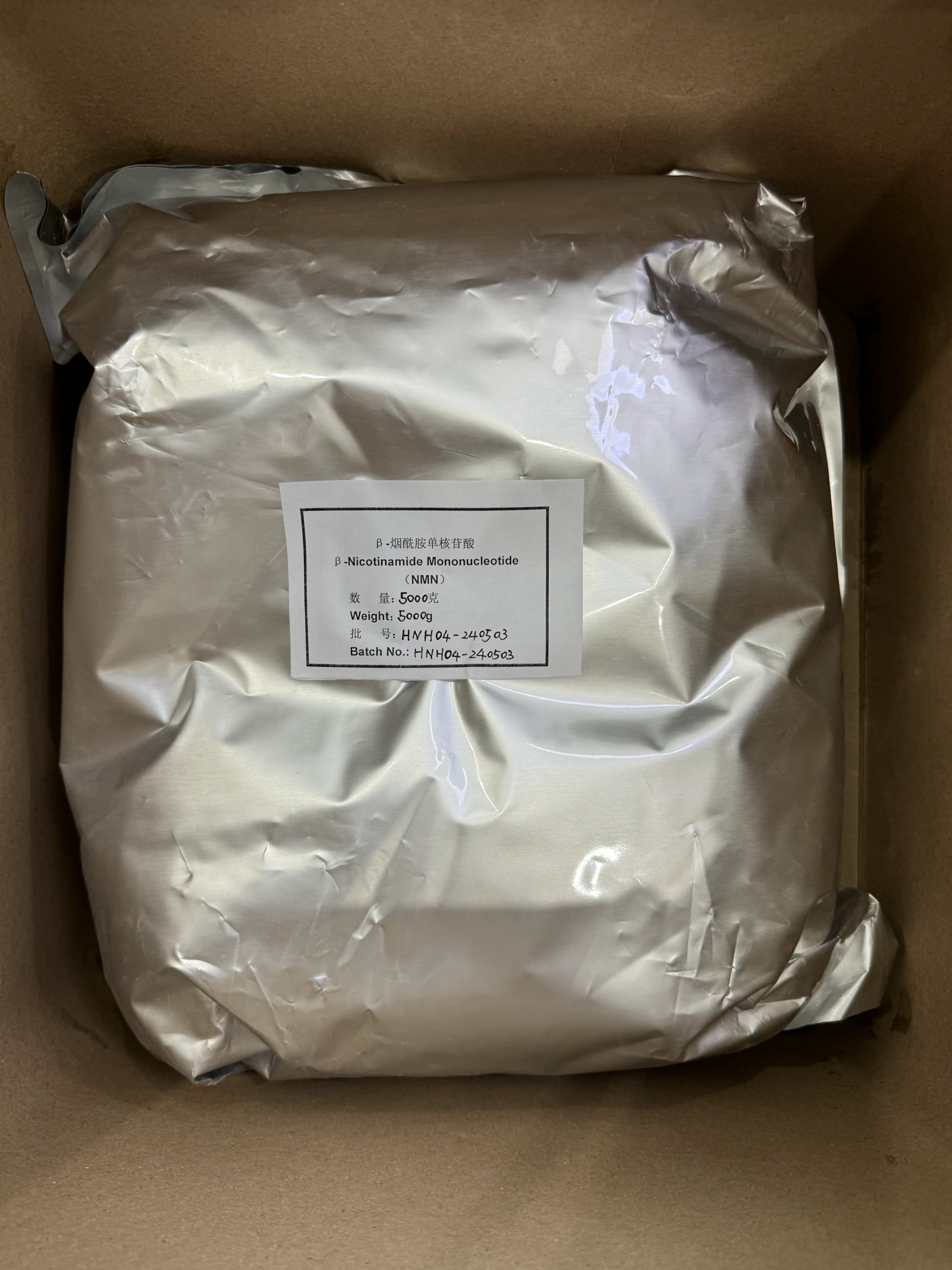



Polyacrylamide Safety Guidelines and Handling Procedures for Safe Laboratory Use
Safety Data Sheet for Polyacrylamide Understanding Risks and Safety Measures
Polyacrylamide (PAM) is a synthetic polymer widely used in various industries, including water treatment, agriculture, and pharmaceuticals. Despite its numerous applications, handling polyacrylamide requires adherence to safety protocols due to potential health and environmental risks. This article summarizes the critical aspects of the safety data sheet (SDS) for polyacrylamide.
Chemical Identification
Polyacrylamide, commonly represented by its chemical formula (C3H5NO)n, is a water-soluble polymer formed from acrylamide monomers. It is typically available in powder and gel forms and can be anionic, cationic, or nonionic, depending on the intended application. Its versatility makes it valuable in processes ranging from soil conditioning to sludge dewatering.
Hazards Identification
While polyacrylamide itself poses minimal risks, the acrylamide monomer is a known neurotoxin and potential carcinogen. As such, the main concerns highlighted in the SDS include
1. Health Hazards Inhalation of acrylamide dust or exposure to skin can lead to irritation. Prolonged or repeated exposure may cause more severe effects, including respiratory issues and neurological symptoms.
2. Environmental Hazards Polyacrylamide is biodegradable; however, the acrylamide monomer poses risks to aquatic life. It can contaminate water systems if released improperly.
3. Physical and Chemical Hazards The powder form of polyacrylamide can present a slip hazard when spilled and is generally classified as non-flammable. However, it should be kept away from heat sources.
First-Aid Measures
In case of an emergency, the SDS provides critical first-aid measures
polyacrylamide safety data sheet

- Inhalation If inhaled, individuals should be moved to fresh air immediately. If any symptoms persist, seek medical attention. - Skin Contact Remove contaminated clothing and rinse the affected area with plenty of water for at least 15 minutes. If irritation continues, medical advice should be sought. - Eye Contact Rinse eyes with flowing water for at least 15 minutes and consult a physician if irritation persists. - Ingestion If ingested, do not induce vomiting. Instead, seek medical help immediately.
Handling and Storage
Proper handling and storage are vital to minimize risks associated with polyacrylamide. The SDS recommends
- Personal Protective Equipment (PPE) Wear suitable gloves, goggles, and protective clothing when handling polyacrylamide. A dust mask may also be advisable to prevent inhalation. - Storage Conditions Store polyacrylamide in a cool, dry place away from direct sunlight and incompatible materials. Ensure containers are tightly sealed to prevent moisture absorption.
Accidental Release Measures
In case of spills, the SDS outlines appropriate response procedures
1. Evacuate unnecessary personnel from the area. 2. Prevent entry into waterways and drains. 3. Use appropriate personal protective equipment. 4. Sweep up and dispose of the spilled material per local regulations, ensuring no dust is generated.
Disposal Considerations
Disposal of polyacrylamide should align with local environmental regulations. The product can usually be disposed of as ordinary waste, provided it is in a solidified state. However, acrylamide wastes need special handling due to their hazardous nature.
Conclusion
The safety data sheet for polyacrylamide serves as an essential resource for anyone who interacts with this chemical. Understanding its hazards, safe handling practices, and emergency protocols is crucial for ensuring safety in both industrial and laboratory settings. By adhering to the guidelines provided in the SDS, workers can mitigate risks and contribute to a respectful handling of this valuable polymer while protecting their health and the environment. Always consult the latest SDS relevant to your polyacrylamide usage scenario for the most up-to-date information and guidelines.
-
Why Sodium Persulfate Is Everywhere NowNewsJul.07,2025
-
Why Polyacrylamide Is in High DemandNewsJul.07,2025
-
Understanding Paint Chemicals and Their ApplicationsNewsJul.07,2025
-
Smart Use Of Mining ChemicalsNewsJul.07,2025
-
Practical Uses of Potassium MonopersulfateNewsJul.07,2025
-
Agrochemicals In Real FarmingNewsJul.07,2025
-
Sodium Chlorite Hot UsesNewsJul.01,2025










